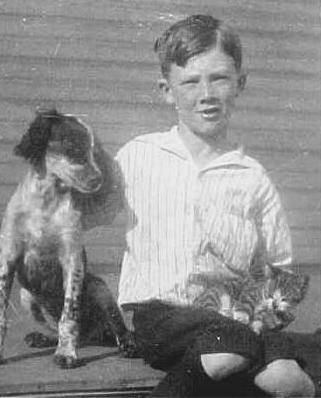
Figure 1.--American boys in the 1930s commonly wore turn-over-top socks with knickers. British boys most ore them with short pants. |

|
Knee socks can be used as a general term. This is the common convention in America. In Britain it is used to refer to the knee socks tht only come to the knee without an actual length for a cuff. Several different types of knee socks have been worn by boys. The differences essentially converns the length. Other variations included weave and suspension. Some knee socks were long enough to extend over the knee and the extra length was used to cuff the kneesocks. A garter was used to hold them up. Others were shorter and even when pulled up only came to just below the knee. These were normally elasticised, They became popular becuse they were less expensive than turn-over-top socks. often with a welt top. Terminology varied somewhat by country. Popularity also vried by country as well as chronologically. Other knee socks include tune socks and hand-knitted socks. Tube socks were especially popular in the 1970s.
Some knee socks were long enough to extend over the knee and the extra length was used to cuff the knnsocks. A garter was used to hold them up. I think the origins of turn-over-top socks was lonf stockings that the children turned down. These knee socks were referred to as turn-over-top socks in Britain. This term is rarely used in America. These were the primary type of knee socks before World war II, after which shoerter length elastisized knee socks appeared. The British also used the term "long socks" and "school socks". Turn-over-top socks were commonly used as part of school uniforms and done with colored bands or tops in the school colors. The most common color was grey, but they were done in other colors.
Knee socks can be used as a general term. This is the common convention in America. In Britain it is used to refer to the knee socks tht only come to the knee without an actual length for a cuff. Knee socks tend to be done in more colors thabn-turn-over-type socks, in part because they were so commonly worn by girls. Girls commonly wore a range of bright colors that boys did not wer. American knee socks came in both flat weaves as well as cable knits. The tops were commonly elasticized to hold them up. Welt tops were also common. The elastic tended to loose its strength over time and thus was not as effective as the turn-over-top socks held up by garters. These socks became commonly worn by younger boys in Britain for school wears because they were much less expensive than turn-over-top ocks.
These are not turn-over-top socks, but bear mentioning in any discussion of knee socks. Tube socks, knee-high athletic socks became popular in America during the 1970s. The primary impetus was the growing popularity of scoccer and basketball, two sports played in sdhort pants. Boys who had not p reviously worn short pants, saw it as increasingly acceptable and asked for knee-high tube socks likee the atheletes they followed.
Boys with mothers who were avid knitters might
wear knitted socks. Of course sweaters were the most popular knitted garb, but shorts and other garments were also knitted. Some of these garments included knitted knee socks. Sewing magazines provided a wide variety of patterns. This was particularly popular in England. Thus some English boys wore quite striking knee socks, different than the grey ones most of the boys wore.
Navigate the Boys' Historical Clothing Web Site:
[Return to the Main knee sock type page]
[Return to the Main sock type page]
[Introduction]
[Activities]
[Biographies]
[Chronology]
[Clothing styles]
[Countries]
[Bibliographies]
[Contributions]
[FAQs]
[Glossaries]
[Images]
[Links]
[Registration]
[Tools]
[Boys' Clothing Home]
